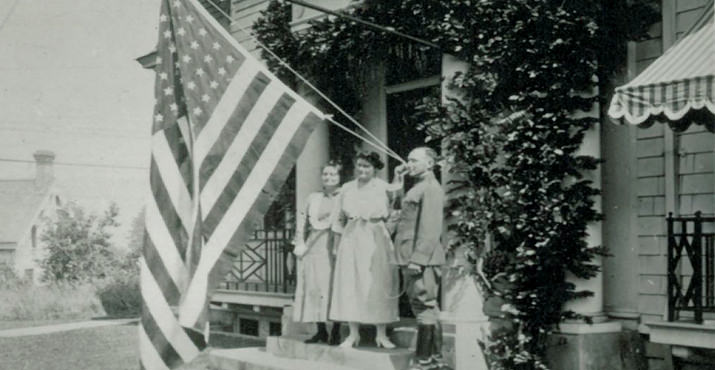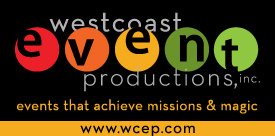In celebration of Flag Day (June 14th) we’re featuring this photo from the Oregon Historical Society. It shows David T. Mason and his family standing on their porch on the 4th of July 1922. The home is at 509 (Later 1525) SW Myrtle.
Flag Day commemorates the adoption of the flag of the United States, which happened by resolution of the Second Continental Congress in 1777. The United States Army also celebrates the Army Birthday on this date; Congress adopted “the American continental army” after reaching a consensus position in the Committee of the Whole on June 14, 1775.
In 1916, President Woodrow Wilson issued a proclamation that officially established June 14 as Flag Day; in August 1949, National Flag Day was established by an Act of Congress.
Flag Day is not an official federal holiday, however it is at the President’s discretion to officially proclaim the observance.
From the Oregon Historical Society:
As the steward of Oregon’s history, the Oregon Historical Society educates, informs, and engages the public through collecting, preserving, and interpreting the past . . . in other words, Oregon history matters.
Through the generosity of Oregon’s citizens and friends, the Oregon Historical Society Research Library has gathered one of the most comprehensive collections of local, state, and regional history in the country, with holdings that chronicle the history of the Oregon Country from early exploration to the present day. Although the Oregon Historical Society is a private, non-profit institution, its resources are held in trust for the State of Oregon, and it functions as the state historical society. Collection strengths include: European discovery, exploration, and settlement; Native Americans; local history, family history, and genealogy; the fur trade; agriculture, timber, mining, and fisheries; performing arts; business; architecture and building history; politics and government; religion; and transportation. The Research Library houses more than 32,000 books, 25,000 maps, 12,500 linear feet of manuscripts, 4,000 serials titles, 6,000 vertical files, 18,000 reels of newspaper microfilm, 8.5 million feet of film and videotape, 10,000 oral history tapes, and more than 2.5 million photographs.
So head on down for a visit!
Share
















